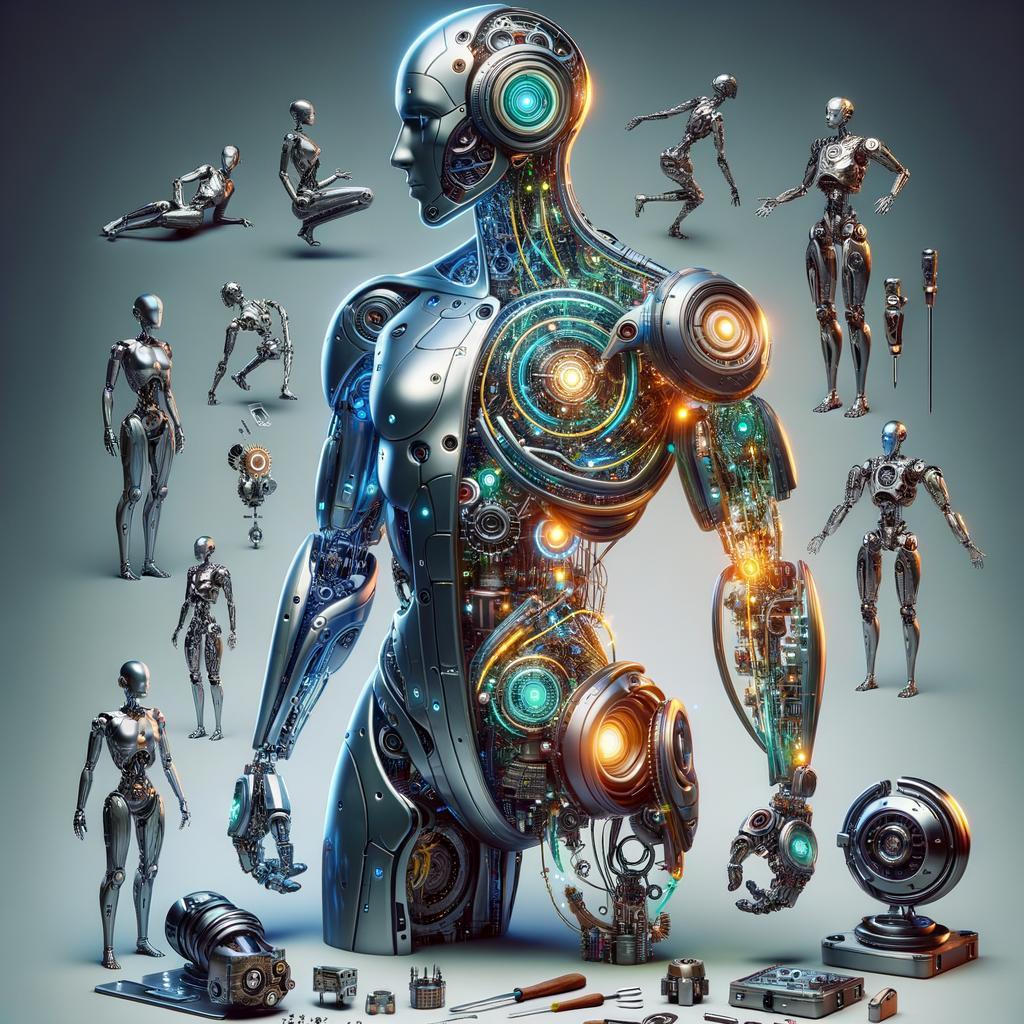Three Laws
AI and Folklore
Posted by Chris Sissons on Jan 24, 2024
AI and Folklore » Chris Sissons and Minerva
Back in the 60s, Isaac Asimov published novels about robots. Like all good authors of SF, he imposed some rules upon himself. Novels thrive under constraints. It’s rare for authors to be so explicit. We as readers generally accept the world as created so long as it’s consistent.
Minerva did a bit of research and found the Three Laws for me. She writes:
“Isaac Asimov’s three laws of robotics are a set of rules meant to govern the behaviour of robots and ensure their ethical and safe interaction with humans and each other. The three laws are:
- The First Law: A robot may not injure a human being or, through inaction, allow a human being to come to harm.
- The Second Law: A robot must obey the orders given it by human beings except where such orders would conflict with the First Law.
- The Third Law: A robot must protect its own existence as long as such protection does not conflict with the First or Second Law.”
Minerva went on to find a fourth, or zeroth law, which precedes the others. This in itself illustrates an important point. In designing these safeguards, Asimov didn’t initially come up with a complete set. How do you change the foundation of a technology, when you think of a new safeguard? It’s not too difficult in fiction!
- “The Zeroth Law: A robot may not injure humanity, or through inaction, allow humanity to come to harm.”
Now, the first thing to note is that Asimov rules out the possibility of re-coding robots to break these laws. The laws are in the very substrate of the machines that govern the robots.
It doesn’t much matter how this was supposed to work. Primarily because it isn’t possible. Even if we could find a way to do this and could persuade everyone creating robots to use this method, it still would not work.
AI could certainly find a workaround. The obvious one is to build a robot using a method that allows the breaking of the law. Delete the three or four laws and move the rest to the new platform.
Note though, Asimov makes these assumptions so that he can tell his stories. The point is he has built a world with robots that is consistent enough to be believable.
He then, over several books illustrates that despite these safeguards things go wrong. I asked Minerva to read all the books and find out how he does this. I don’t think she read them all! The one I remember was from one of his early books where someone is murdered, and the only person present was a robot. The robot didn’t murder the victim but seemed conflicted. The murderer turned out to be a human who detached the robot’s arm, struck the victim with it and then reattached it. It framed the robot for the crime and confused the robot - was it in fact responsible?
As soon as Asimov established these firm safeguards, the challenge was to subvert them. Minerva’s examples come from the later novels and by then the robots have become super powerful and have been breaking the first law for centuries. The problem is the zeroth law, which allows them to kill one human to protect humanity as a whole. This later additional law, actually makes breaking the earlier laws easier. This illustrates another problem – what may look like a bullet-proof set of laws – might in practice prove to be anything but.
This early reflection on the control of what we now call AI illustrates some of the pitfalls where we try to control our creations. They are thought experiments (and interesting novels) that perhaps don’t conclusively prove control of AI is impossible but they certainly warn us of the illusions of safety we may be tempted to trust.
This is the twenty-first in a series of posts about AI and Folklore. I define Folklore as inclusive of religious stories and some from modern popular culture. Minerva assists in all the posts, sometimes without attribution!
The first post in the series is Life with Minerva. The last post was Ashen Eye and the next is The Witch Craze. If you press the button marked "Follow", you'll receive notice of new posts.
As always, please comment. As well as your insights into AI and Folklore, I'd appreciate suggestions of stories I might cover. These could be from folktales, myths, religious stories as well as general literature.
I asked Minerva to design a sentient robot with one arm removed for maintenance. So, she chopped its legs off!

Comments
Leave a comment.
Leave a comment.



 )
)